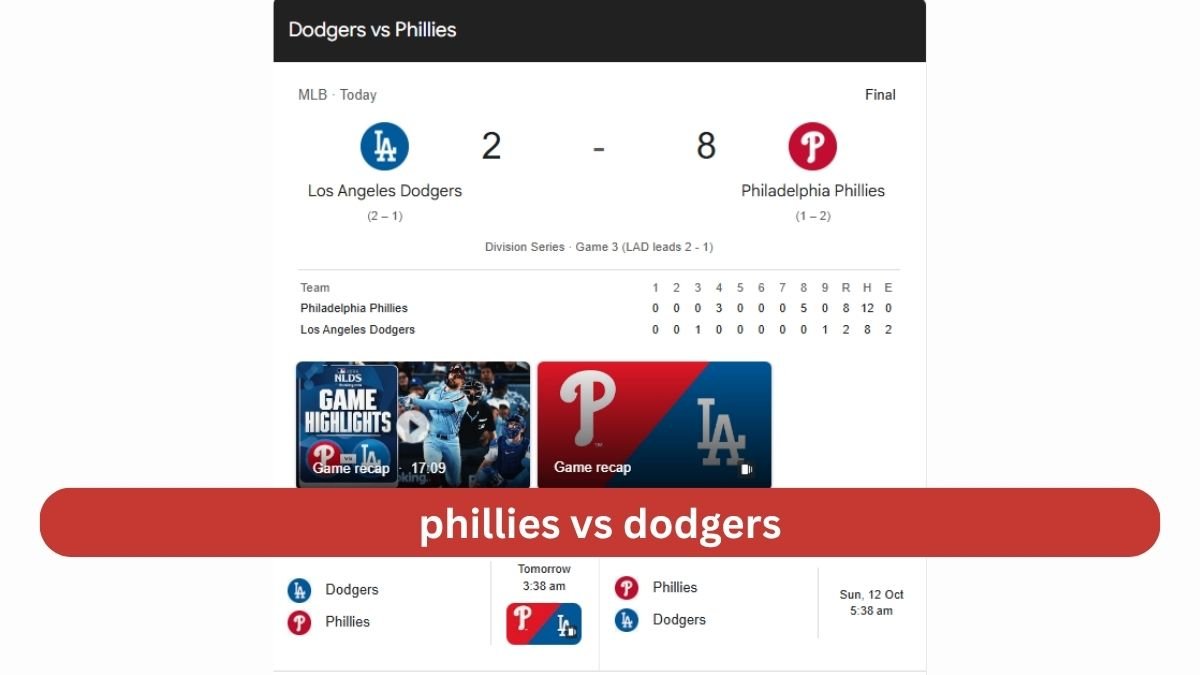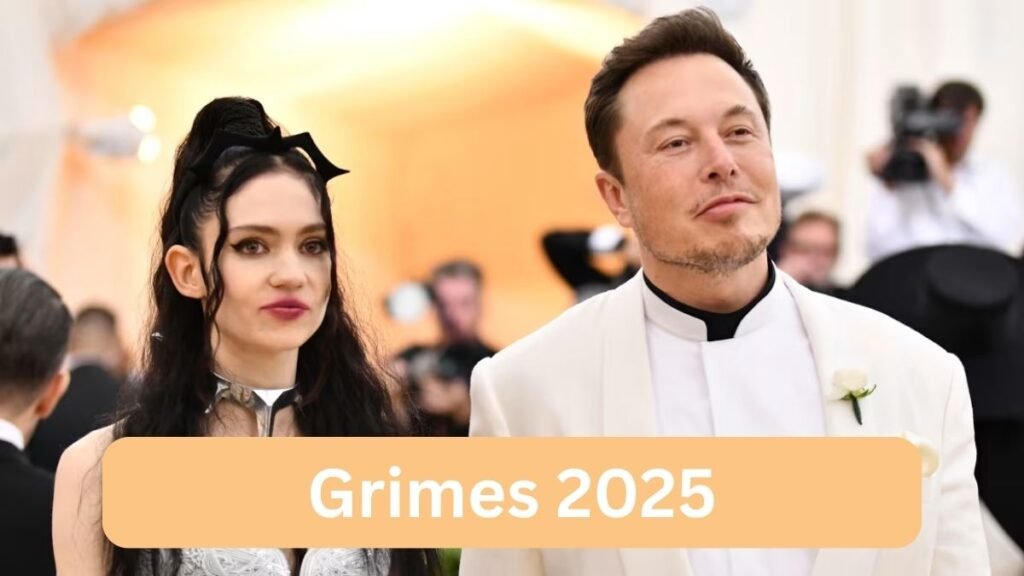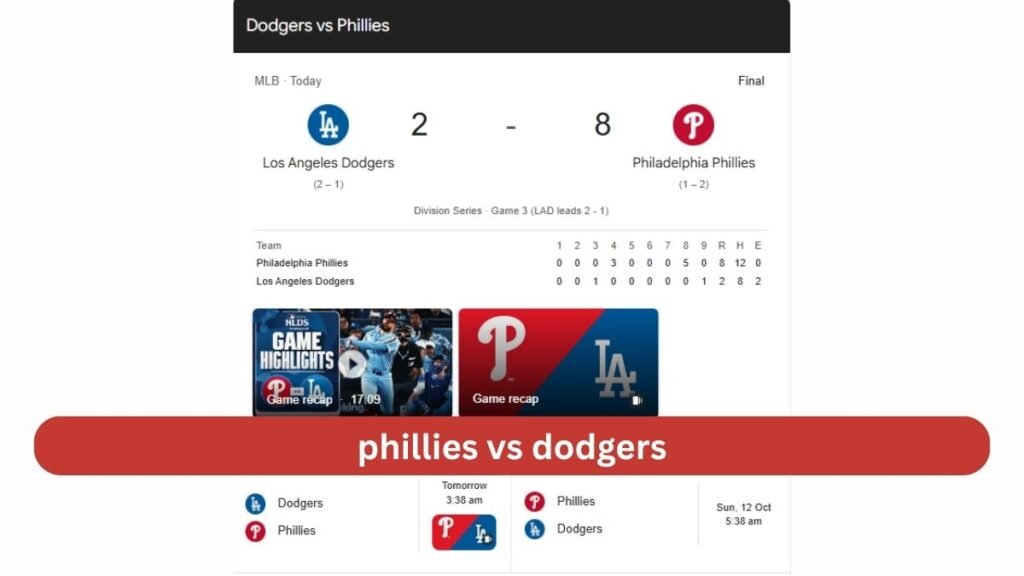Grimes A Journey Through Fame and Controversy
Grimes A Deep Study of the Artist’s Meteoric Rise, Controversial Evolution, and Enduring Legacy
Published on: October 9, 2025
Claire Elise Boucher, known globally by her stage name Grimes, is one of the most fascinating and polarizing figures in modern music. She burst onto the scene as an ethereal indie darling and has since transformed into a mainstream artist whose life and politics are as scrutinized as her music. This article provides a comprehensive look at the journey of Grimes, from her early experimental sounds to her current status as a controversial tech-adjacent icon, exploring the critical moments that have defined her public persona.
The Rise of an Indie Phenomenon
Grimes first emerged from the Canadian indie scene with a unique and captivating sound. Her 2010 debut album, Geidi Primes, was heavily inspired by Frank Herbert’s Dune novels, immediately setting her apart with a niche, sci-fi aesthetic. However, it was her 2012 album, Visions, that catapulted her to international fame. This record, which won Electronic Album of the Year at the 2013 Juno Awards, featured lead singles “Genesis” and “Oblivion” that have become enduring classics. With over 700 million streams between them on Spotify alone, these tracks cemented Grimes’ prevalence in popular culture and established her as a cornerstone of indie electronic and synth-pop music.
Her early persona was that of a quirky, DIY artist, fully aware of her distance from normalcy. She cultivated a brand without pomp, sharing eccentric life details—from a period where she “only ate spaghetti” to an attempt to float down the Mississippi River—that endeared her to fans. This period represented Grimes at her most unadulterated: a creative force blending zany authenticity with undeniable musical talent. Her 2015 album Art Angels was a critical success, praised for its polished yet adventurous pop sensibilities, and for many, it remains the peak of her musical output.
The Pivot: Partnership, Politics, and Public Perception
The trajectory of Grimes’ public image began a significant shift around 2018 when her relationship with tech billionaire Elon Musk became public. What started as a connection over a shared love for “posting online” evolved into a partnership that would redefine how many fans viewed her. The author of one analysis noted that her “self-stated role as a feminist artist began to ring hollow” as her online activity moved into more controversial spheres, including comments that seemed to praise patriarchy and the sale of art as NFTs. For a artist once celebrated in indie circles, this alignment with Musk, a figure who would later rise to political infamy, marked a turning point.
This partnership placed Grimes under an intense and often critical spotlight. The birth of their children, with names inspired by the Dune universe such as X Æ A-12, further fueled public fascination and debate. Critics, and some fans, expressed discomfort with what they saw as a projection of a “chosen one” mentality onto her children, mirroring the white savior narrative of Paul Atreides from Dune—a narrative often interpreted as a cautionary tale, not an aspirational one. The artist’s own background of family wealth, combined with a “starving artist veneer,” began to sit uneasily with observers, who felt her quirky persona was being weaponized to soften her association with powerful and controversial figures.
A Voice of Critique: Grimes Speaks Out
In a surprising turn of events, the summer of 2025 saw Grimes deliver a scathing public critique of her ex-partner and the platform he owns. After an extended break from social media, she returned to X (formerly Twitter) and lambasted the site, calling it “a prison” and “a shitty pale simulacra of a life”. In her viral post, which amassed nearly a million views, she described the platform as a “poison” that gives the illusion of learning without substance. This public rant was a clear distancing from Musk’s domain and signaled her own complicated relationship with the digital world she once embraced.
This was not the first time Grimes had publicly broken with Musk. Earlier, following Musk’s controversial “Roman salute” at Donald Trump’s presidential inauguration, she faced significant pressure from her fanbase to speak out. At the time, she carefully navigated the situation, stating, “I am not him. I will not make a statement every time he does something”. However, she did explicitly denounce Nazism and the far alt-right, clarifying her stance in an attempt to placate concerned followers. She has also expressed maternal concern, criticizing Musk for bringing their son to the White House, writing, “[My son] should not be in public like this”. These moments paint a picture of an artist struggling to define her own identity separate from her ex-partner.
The Listener’s Dilemma: Separating Art from the Artist
For many fans, the evolution of Grimes has created a moral and artistic quandary. The very same music that “parted the clouds” for listeners now exists in the shadow of the artist’s contemporary actions and affiliations. This has led to a phenomenon online where fans mourn the “death” of the old Grimes, with a popular saying noting, “RIP Grimes, you would have hated Grimes”. This sentiment reflects a desire to separate the earlier, beloved art from the current, controversial artist, a modern application of the “death of the author” concept.
Ultimately, the story of Grimes is still being written. She remains an active and provocative figure in music and tech circles. While albums like Art Angels are undeniably good, for a growing number of listeners, they can no longer fully eclipse their problems with its creator. Her journey forces a conversation about fandom, accountability, and whether an artist’s work can ever be truly divorced from their personal evolution and political alignments. As she continues to navigate fame, motherhood, and criticism, Grimes ensures she will remain a subject of deep public study and debate for years to come.












